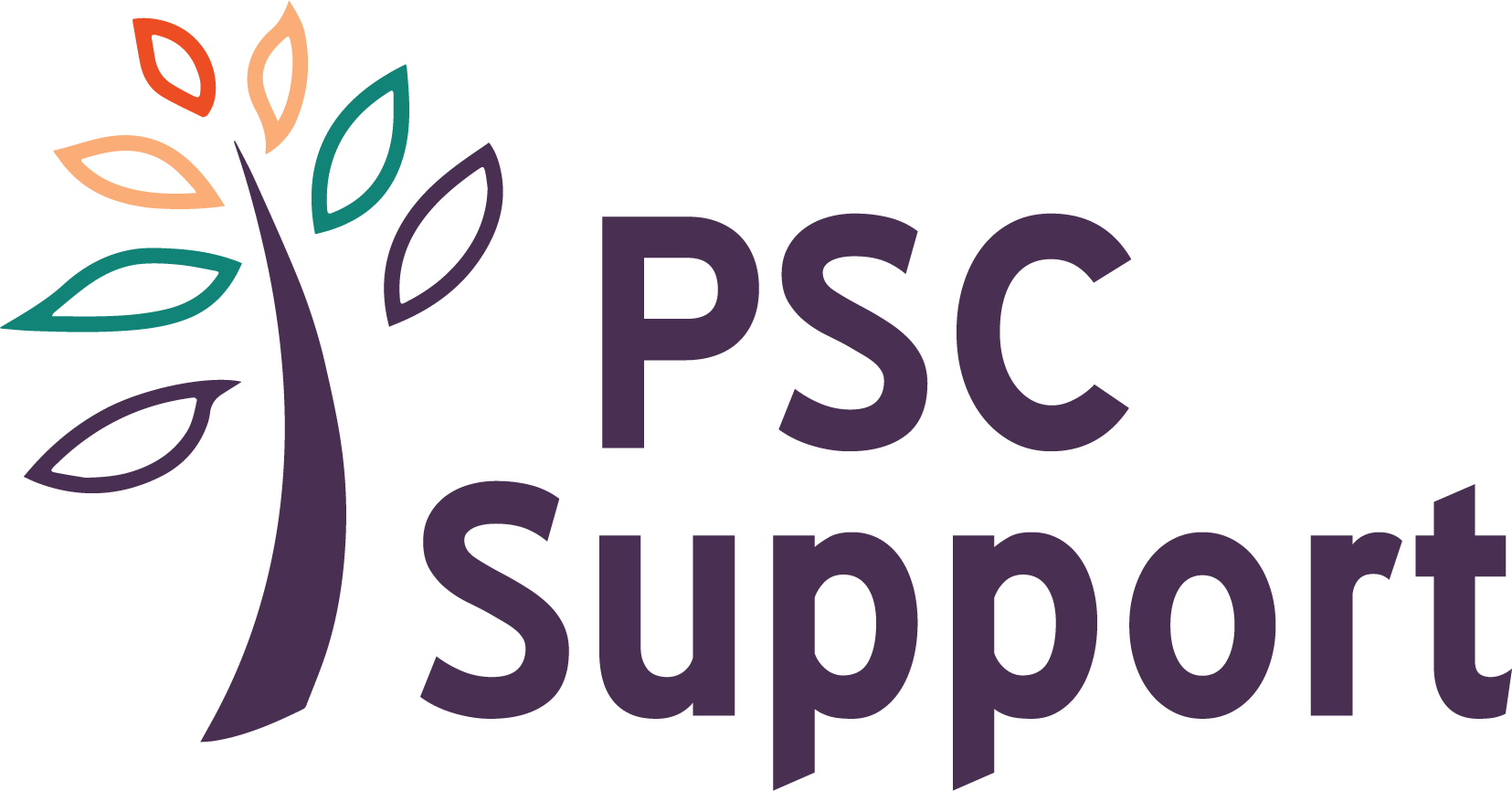Liver Transplants for PSC
Liver Transplants for PSC
PSC Support Statement 30 September 2022
In recent months, some people on the waiting list for a transplant have been advised that people with PSC are disadvantaged compared to other people on the waiting list. This is deeply concerning to the PSC community. Paula Hanford, PSC Support CEO, met with Professor Douglas Thorburn, the Chair of The Liver Advisory Group (LAG), a committee comprised of patient representatives, lay members and liver transplant experts which advises NHS Blood and Transplant (NHSBT, the body in charge of transplantation for the UK) on liver transplant policy to understand more about the current system.
First, some basic facts about liver transplantation in the UK today. People on the liver transplant waiting list can be offered three types of liver, DBD, DCD and LDLT:
- DBD (donation after brain stem death) - the new liver is one retrieved from an individual whose heart is still beating, but the brain has ceased to function. There are strict criteria of brain death that are met before the donation process can commence. The DBD liver is usually seen as being ‘ideal’ because the liver receives an adequate supply of blood, nutrients and oxygen up until it is taken for transplantation.
- DCD (donation after cardiac death) - less commonly, liver transplantation may have to be performed using a DCD organ. In these cases circulation of blood, nutrients and oxygen is not maintained throughout in advance of the donation process. DCD liver transplant recipients tend to have a higher rate of bile duct problems in their first year, and PSC is no exception. A 2017 research study found that for PSC patients, DCD vs DBD transplantation did not adversely affect longer term outcomes, suggesting that DCD transplants could be a viable option for selected PSC patients. Furthermore new approaches to maintain circulation to the donor organs at donation (normothermic regional perfusion) and the use of machine perfusion have been demonstrated to further improve DCD outcomes.
- LDLT (donation from a living person) - becoming more common, a person donates part of their liver to you. People with PSC who have a LDLT do very well indeed, better than those who receive organs from deceased donors.
National Liver Offering Scheme
The National Liver Offering Scheme (NLOS) was introduced in 2018 to save as many lives as possible and get the best use possible out of the donated livers for people on the transplant waiting list. Since its introduction it has only been applied to DBD donor organs to ensure that the system could be safely introduced without harm. Factors relating to every donor (and the liver) and the potential recipient are taken into account for every transplant that takes place under NLOS. Because of this, the scheme aims to offer the right liver to the right person on the waiting list at the right time.
What is important about this scheme is that it integrates elements of an individual’s need for a transplant (how poorly they are) and the utility to that person from receiving a particular donated liver (i.e. how much use they will get out of it). The NLOS can look at everybody on the waiting list to decide who is the best match for the next available liver.
Currently, NLOS only offers DBD livers.
As outlined the scheme currently only applies to DBD donors. DCD livers are offered by a separate regional system where the local transplant unit allocate to patients on their waiting list. If a DBD donor liver is declined for named patients under NLOS (for various reasons) or a DCD liver is not used by local transplant centre or the nearest paired centre, they enter the ‘Fast Track’ system which again allows individual units to allocate those organs to patients they select from their list.
To ensure transparency of NLOS and to monitor its impact, an independent committee (the NLOS Monitoring Committee), made up of different stakeholders (including patient representation) oversees the whole scheme on initially a 3 monthly now 6 monthly basis. This group has access to all data relating to the scheme and report back to NHSBT. It can recommend changes to NLOS. For example, this committee identified potentially longer waiting times for people on the waiting list with liver cancer. The data was reviewed carefully and NLOS was tweaked to ensure it was fair for everyone on the waiting list and in line with the goals of NLOS, including the liver cancer patients. Reassuringly, there have been no reports or concerns about PSC highlighted by the NLOS Monitoring Committee.
The COVID pandemic has had a huge impact on liver transplantation in the UK. Members of LAG met on a weekly basis at the height of the pandemic to ensure the UK’s transplant service was maintained as far as possible. Care was shared between transplant units to ensure that the most clinically urgent patients could get their transplants even when their usual transplant units were closed due to COVID. A consequence of this major disruption meant that fewer adult liver transplants took place. In the longer term, this meant that the waiting list grew and now there are more people on the waiting list than pre-COVID, and thus, more people are waiting longer.
Having spoken to Professor Thorburn, PSC Support has no reason to believe that people with PSC are disadvantaged in the way that has been reported. People with PSC who are waiting for liver transplants are not only offered donor livers under the national NLOS scheme, but if they are a suitable candidate for a DCD liver and fast track DBD livers, where doctors can select the recipients if one becomes available.
However, we do appreciate that time on the waiting list is unacceptably long for some people, despite NHSBT’s best efforts. We all must continue to champion organ donation and encourage our friends and family to talk about what they would like to happen to their organs upon their death.
